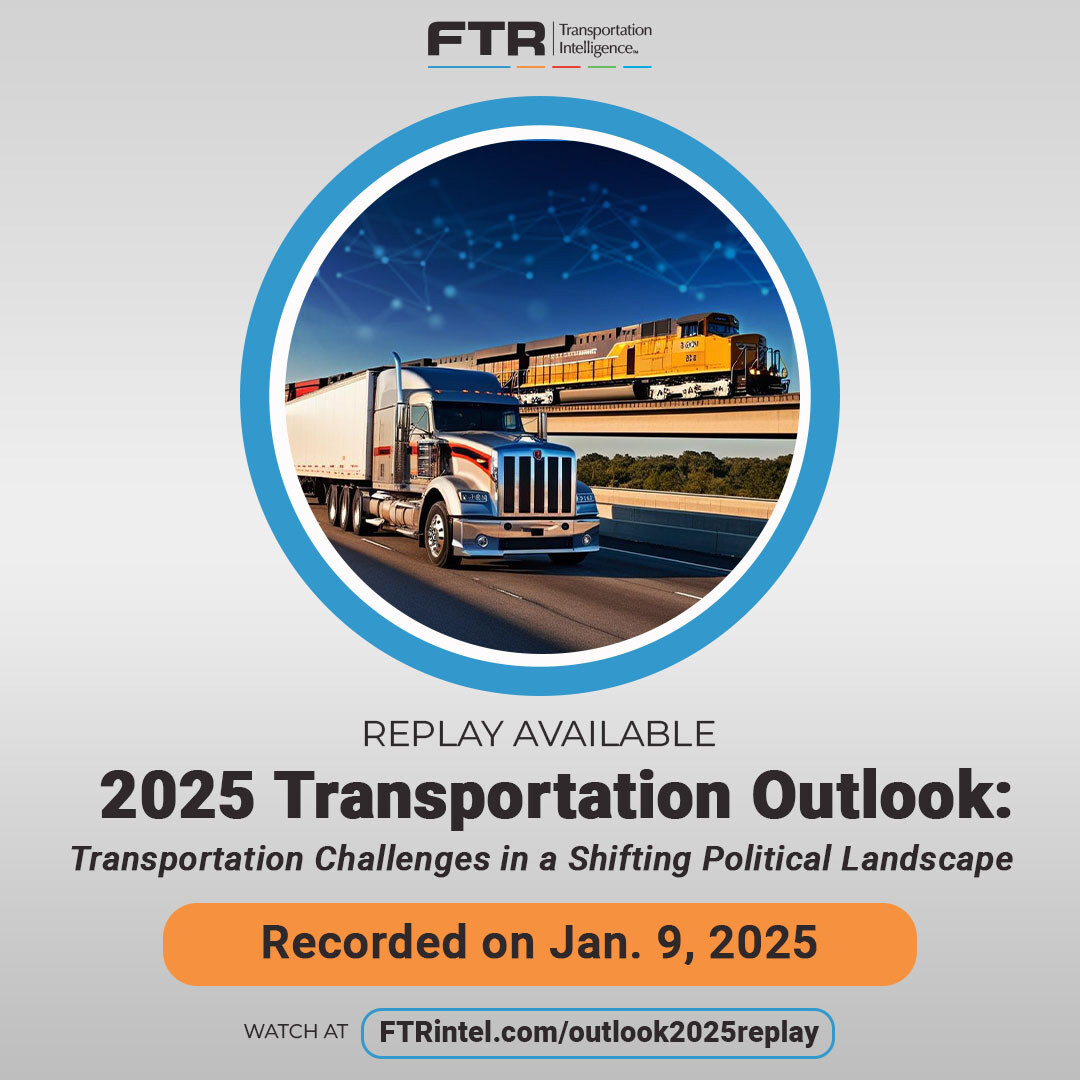
Understanding the Scope of Presidential Power on Tariffs
In the dynamic landscape of international trade, tariffs remain a pivotal tool for shaping economic relationships. A recurring question is: how much authority does the President of the United States have over tariffs versus what requires Congressional approval? Let’s break it down based on historical practices and procedural norms.
Broad Presidential Powers on Tariffs
The President possesses significant authority to impose tariffs, primarily through powers delegated by Congress under existing trade laws. These include:
- Section 232 of the Trade Expansion Act of 1962: Allows the President to impose tariffs on imports deemed a threat to national security.
- Section 301 of the Trade Act of 1974: Grants the President authority to take action against foreign trade practices that are unfair or discriminatory.
- International Emergency Economic Powers Act (IEEPA): Provides broad powers during national emergencies related to foreign commerce.
During the first Trump administration, these powers were prominently utilized. For instance, the imposition of tariffs on steel and aluminum under Section 232 demonstrated the extensive reach of executive authority. Similarly, Section 301 tariffs targeted Chinese goods in response to alleged intellectual property theft and unfair trade practices.
This content came from the Q&A portion of our 2025 Transportation Outlook webinar: Transportation Challenges in a Shifting Political Landscape. Watch Avery Vise answer the question here.
Procedural Norms and Industry Feedback
Although the President has broad latitude, there are procedural steps that administrations typically follow to ensure transparency and allow for stakeholder input. These include:
-
Public Notice and Comment Periods: Before imposing tariffs, a notice is often issued detailing the proposed action. This allows industries and other stakeholders to voice concerns or highlight potential adverse impacts.
For example, during the Trump administration, public hearings and comment periods provided a platform for industries to express concerns, such as “This will devastate our sector,” leading to adjustments in some cases.
-
Engagement with the U.S. Trade Representative (USTR): The USTR’s office plays a critical role in evaluating and implementing trade policies, including tariffs.
Potential Shift in Tariff Strategy
If recent leaks from transition teams hold weight, we could see a refined approach to tariffs. Rather than blanket tariffs on all goods from specific countries, there is speculation about commodity-specific universal tariffs. This strategy could address loopholes like transshipment and relabeling (e.g., removing a “Made in China” label to bypass tariffs).
The Role of Congress in Tariff Oversight
While Congress has the theoretical ability to overturn tariffs, practical constraints make this unlikely:
- Partisan Dynamics: A slim majority in the House (e.g., a two-vote margin) could pose challenges to any effort to overturn tariffs. Even if the House succeeded, the Senate’s higher threshold for bipartisan support makes it improbable.
- Legislative Hurdles: Overturning a tariff would require a joint resolution of disapproval, which is procedurally and politically challenging.

Missed the Webinar?
Looking Ahead
Given the President’s broad discretionary powers, it’s reasonable to anticipate continued use of tariffs as a strategic tool. However, the nuances of implementation—such as industry feedback mechanisms and targeted commodity strategies—will play a critical role in determining their effectiveness and impact.
As businesses and industries navigate this evolving landscape, staying informed and engaging in the process can help mitigate risks and uncover opportunities. Whether universal tariffs on specific commodities or broader trade measures, the implications for global supply chains and domestic industries will be profound.
Takeaway: Tariffs are a powerful tool largely within the President’s control. However, the procedural norms and political context will shape their application and industry impact. Staying engaged in the process and anticipating potential shifts can provide a competitive edge in an uncertain trade environment


.png?width=1200&length=1200&name=11%20Podcast%20Graphics%20-%20Updated%205.28.24(2).png)
.png?width=1200&length=1200&name=11%20Podcast%20Graphics%20-%20Updated%205.28.24(1).png)
